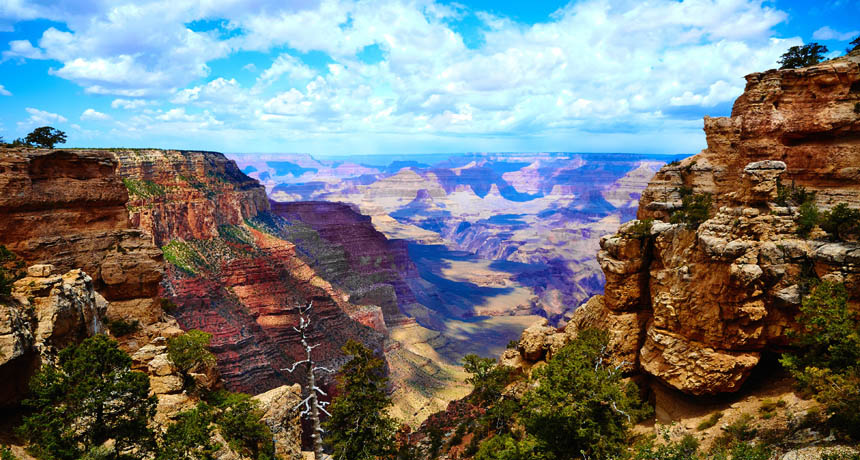
Dinosaurs may not have seen the Grand Canyon after all
Science News, June 2015Triceratops and Tyrannosaurus rex never peered over the Grand Canyon’s steep slopes, new research suggests.

Triceratops and Tyrannosaurus rex never peered over the Grand Canyon’s steep slopes, new research suggests.
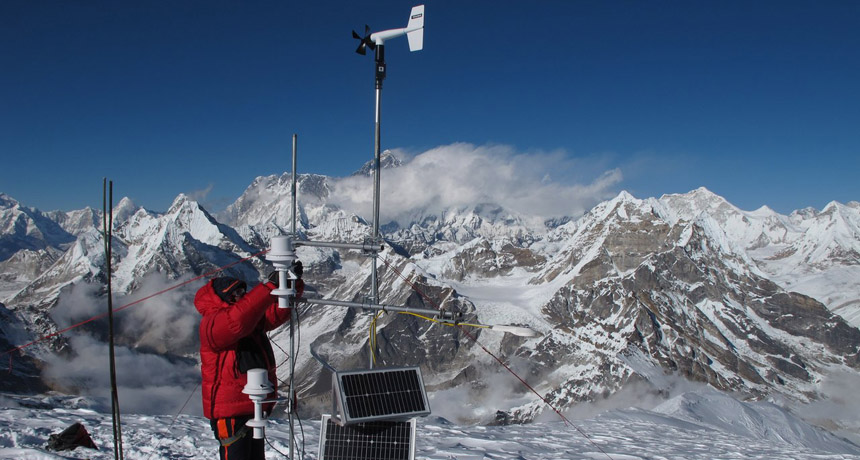
Glaciers around the tallest mountain in the world may reach a historic new low relatively soon.
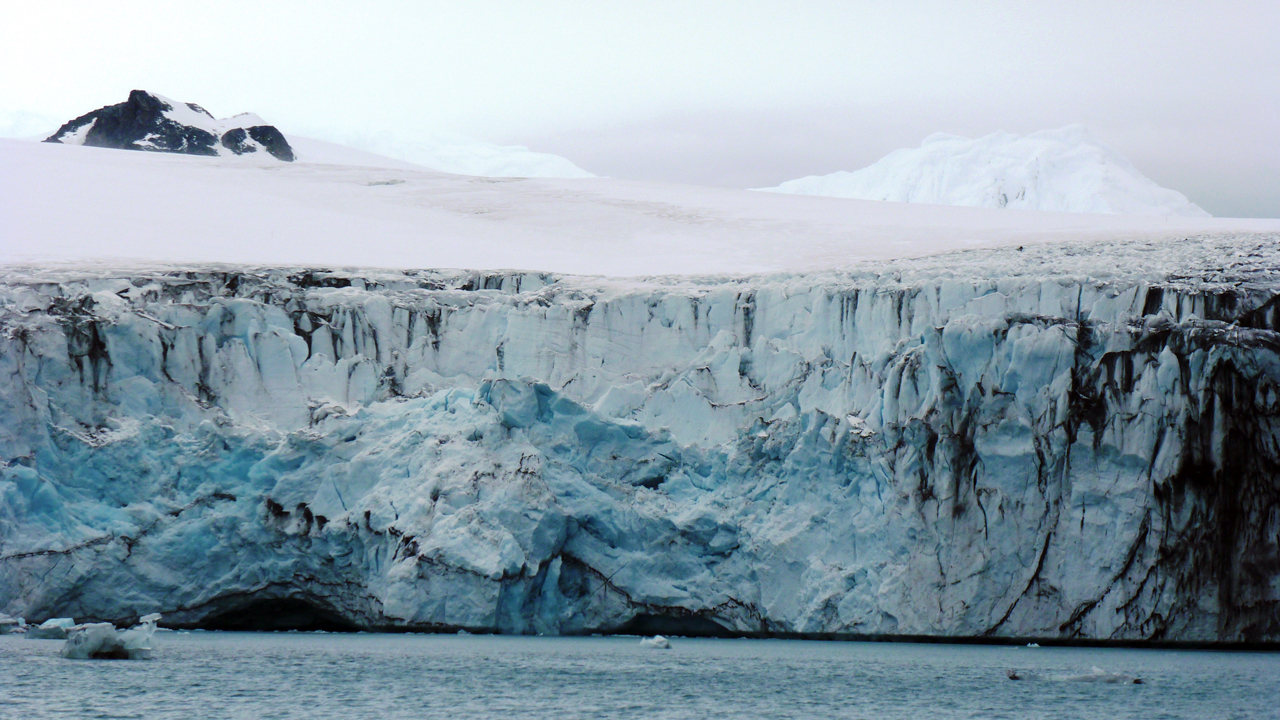
A once-steadfast group of Antarctic glaciers has nosedived into rapid decline.
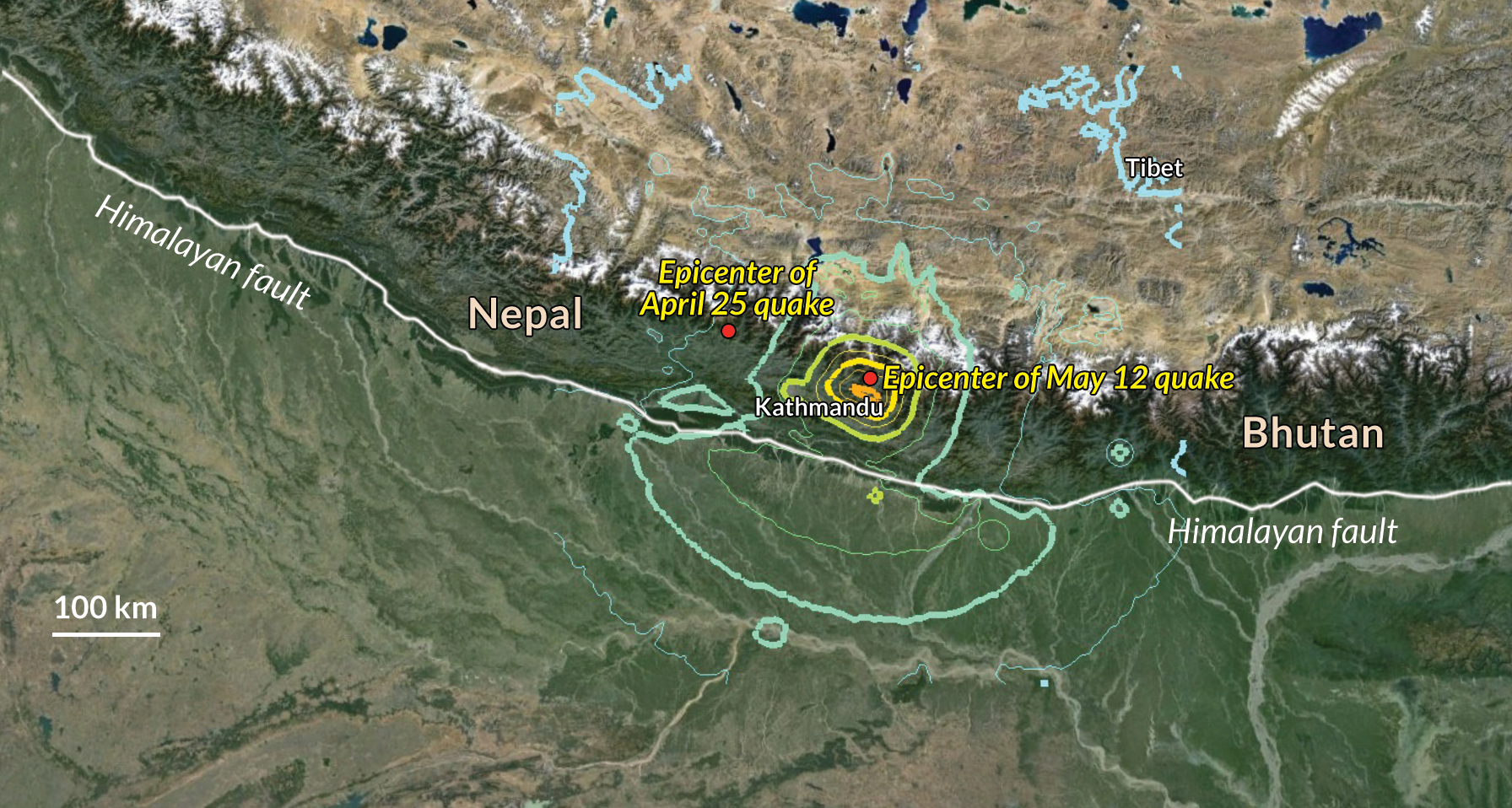
A magnitude 7.3 earthquake rattled eastern Nepal near Mount Everest on May 12, hitting just 17 days after one that killed more than 8,000 people in the region. The latest quake is the largest aftershock to date of the April 25 Nepal earthquake, which struck around 150 kilometers to the west, the U.S. Geological Survey reports.
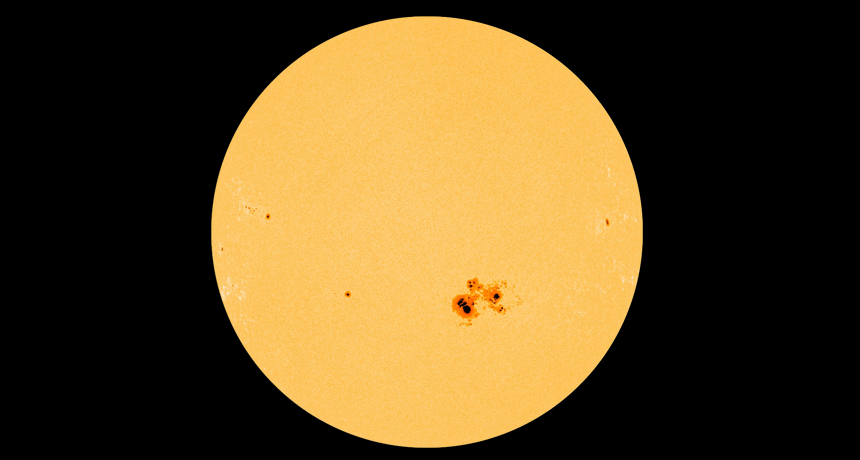
A colossal sunspot large enough to be seen with the naked eye now blemishes the nearside of the sun, covering an area wide enough to comfortably fit 10 Earths side by side. The new sunspot, dubbed AR 12192, is the largest observed since 1990.

A lightning-fast laser lightshow could help detect explosive powders from a distance, a study in the August 11 Proceedings of the National Academy of Sciences suggests.
Methane, not an alien spacecraft crash, is probably responsible for the 30-meter-wide crater that suddenly appeared in Siberia in mid-July.

If you want to understand the atmosphere of a planet, it helps to think big. That’s just what climate scientist Dan Cziczo and his colleagues did recently when they created conditions in the world’s largest cloud chamber mimicking those in the thin veil of gases that surrounds Mars.
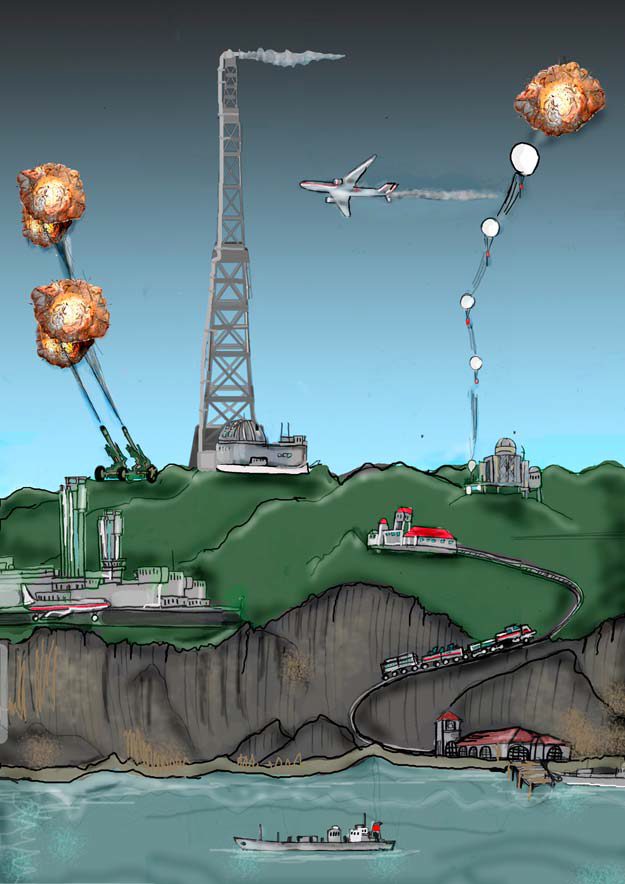
The ideas seem lifted from a James Bond super villain’s dastardly plot: carpeting the Earth with whitened clouds, constructing giant solar reflectors in space, using chemicals to change the makeup of the atmosphere. But with scientific models predicting potentially devastating changes in the world’s climate, seemingly impractical and improbable geoengineering solutions become more and more alluring.

A claim by 1800s astronomer William Herschel, retold for 212 years by science authors and trivia lovers, says the Sun’s moods influence things here on Earth in a more immediate way. Herschel asserted that the number of dark splotches on the Sun, called sunspots, significantly affects the wholesale price of wheat grain.